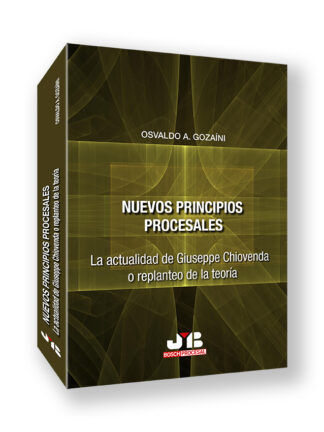INDEX
CHAPTER I
THE CURRENT MACROECONOMIC BACKGROUND
1.2.Why debt has been incurred
1.3.Is debt a bad or a good thing?
1.4.Sovereign Debt in the view of leading economists and schools
1.4.10.Some reactions form the orthodoxy
1.5.Dealing with Sovereign Debt: the unconventional monetary policies
1.6.The consequences of resorting to unconventional monetary policies
1.7.The way out of unconventional monetary policies
2.2.Sovereign Debt and the political constraints
2.3.The balance between the Sovereign and the creditors
2.4.The current Sovereign Debt scenario
2.4.2.4.Bank crises in Iceland and Cyprus
2.4.2.5.The challenge to Sovereign Debt bonds purchased by the ECB
2.4.2.6.Sovereign Debt litigation in front of the ICSID and the ECHR
2.4.3.Holdouts, the problem that wasn’t
2.4.4.The actual situation regarding sovereign debt
2.5.The public approach to Sovereign Debt default and restructuring
2.5.2.A critical view of the public approach to Sovereign Default and restructuring
2.6.A preliminary methodological approach to contracts
2.6.3.Toward a contractual approach to bankruptcy
2.6.4.Game theory as a useful tool to analyze Sovereign Debt negotiation
2.6.4.2.Game theory analysis and Sovereign Debt
2.7.The ongoing reform of the international financial architecture
2.7.1.The main lines of the reform
2.7.2.The basel framework and the treatment of Sovereign Debt
2.7.3.The debate over the reform of the current regulatory treatment of SD in the basel framework
2.7.4.The role of Sovereign Debt in derivative markets and repo markets
CHAPTER 3
THE CONTRACTUAL APPROACH TO SOVEREIGN DEBT DEFAULT AND RESTRUCTURING
3.1.A contracts approach to sovereign debt. Introduction
3.2.The merits of private law and its application
3.3.1.Contract law as default regulation for Sovereign Debt
3.3.1.1.Contract formation and essentialia negotii
3.3.1.2.Contractual information
3.3.1.6.Impossibility, commercial impracticability or frustration of purpose
3.4.The transnational private law approach to sovereign debt default and restructuring
3.4.1.Transnational private law as a tool to enhance the contractual approach to Sovereign Debt
3.4.2.The lex mercatoria debitoris soberanis
3.4.3.Collective action clauses
3.4.4.The application to unconscionability and transparency
3.4.5.Restitution as a right to the creditor
3.4.9.Privileges, credit preferences and guarantees. The negative pledge clause
3.4.10.Reprofiling and restructuring as two significant applications of contract law
3.4.11.Gratuitous termination of debt and debt jubilee
3.4.11.2.Sovereign Debt cancellation and the jubilee
3.4.12.Transnational private law, Sovereign Debt and human rights
3.4.13.Transnational private law and the domestic forum
3.5.The protection of the Sovereign
3.5.1.The protection via Sovereign immunities
3.5.2.Non-assignability of Sovereign Debt bonds
3.5.3.The Sovereign and the theory of the commons
3.5.5.The application of the macro prudential policies to the Sovereign. The Sovereign as a g-sifi










